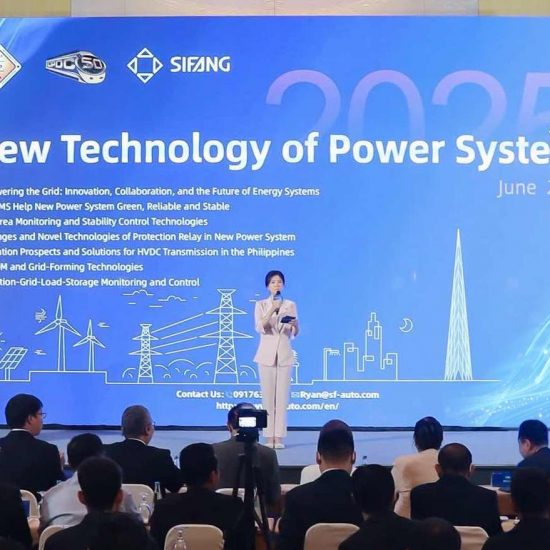
Blender 4.3 marks a significant milestone for the open-source 3D creation suite, with notable improvements aimed at enhancing user experience and performance. A primary feature of this release is the introduction of ray tracing support for Linux users, specifically those with AMD hardware. The addition of this technology brings a much-needed upgrade to Linux systems, allowing artists and developers to create more realistic lighting and reflections in their 3D renders.
One of the standout features of the update is its ability to leverage ray tracing on Linux platforms using AMD GPUs. While ray tracing has been available for Windows-based systems, Linux users have faced limitations in accessing the technology. This update, however, bridges that gap, ensuring that Linux users can now fully utilize the power of ray tracing for more photorealistic rendering, which is a significant leap forward for Blender’s cross-platform capabilities.
Ray tracing, known for its ability to simulate the way light interacts with objects, has become an industry standard for achieving realistic lighting and shadows. The support for AMD hardware within the Blender ecosystem is especially important as the company has steadily gained market share with its Ryzen and Radeon series, which are becoming increasingly popular among creatives and developers alike. By introducing full ray tracing capabilities for these devices, Blender is positioning itself as a versatile tool that caters to a broader range of users, from hobbyists to professional studios.
Another key aspect of Blender 4.3 is a series of upgrades to its user interface, aimed at improving accessibility and workflow efficiency. The user interface enhancements focus on making the software more intuitive, especially for beginners and those transitioning from other 3D tools. These changes are designed to streamline tasks such as navigating through complex scenes, managing assets, and tweaking settings.
Blender’s development team has prioritized making the application more responsive, even when handling large projects with high poly counts and complex animations. This is particularly relevant for users working with detailed models or animation-heavy scenes, where performance can often be a limiting factor. Optimizations in this release allow for smoother interaction and faster processing times, which is a considerable benefit for artists working under tight deadlines.
The inclusion of additional ray tracing features, such as the integration of AMD’s Radeon ProRender technology, is another highlight. Radeon ProRender leverages the power of AMD GPUs to accelerate rendering speeds, especially when working with complex lighting setups or high-quality textures. For Linux users, this feature unlocks new possibilities, as it provides access to high-performance rendering without the need for Windows or proprietary software solutions.
Blender’s appeal has grown significantly over the years, thanks to its robust set of features, ease of use, and active community support. While many 3D applications are expensive or require proprietary hardware, Blender remains a free and open-source alternative, making it accessible to anyone with an interest in 3D modeling and animation. The community-driven development of the software has led to continuous improvements, with updates such as 4.3 ensuring that Blender remains competitive in a rapidly evolving industry.
For Linux users, this update comes as a welcome shift. Although Linux has long been a popular platform for developers and technical users, the lack of compatibility with some high-end 3D rendering technologies has been a hurdle. Blender 4.3 addresses this by optimizing its ray tracing support, making it easier for Linux-based creators to produce high-quality renders with less technical know-how.
The growing importance of ray tracing within the creative industry, especially in fields like animation, game design, and VFX, has further emphasized the need for tools that can support such advanced techniques. With major players like Nvidia and AMD continuing to push the boundaries of GPU performance, having reliable software that can fully utilize these innovations is crucial. Blender 4.3 ensures that users on all major platforms—Windows, macOS, and Linux—can take full advantage of these cutting-edge features.
Blender 4.3 continues to refine its already extensive toolset for 3D artists, with performance improvements across the board. The release focuses on optimizing the internal architecture of the software to allow for faster simulations, better asset management, and enhanced stability. These optimizations are particularly beneficial when working with large-scale projects that require precise rendering, as they reduce the risk of crashes and slowdowns.





